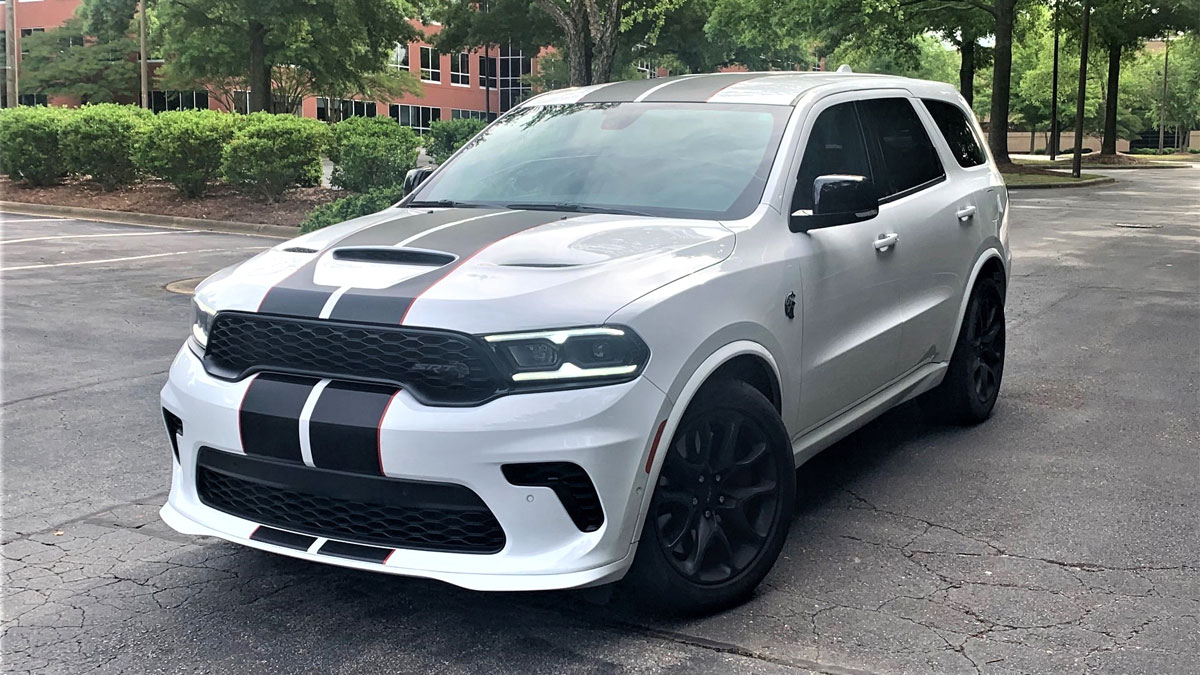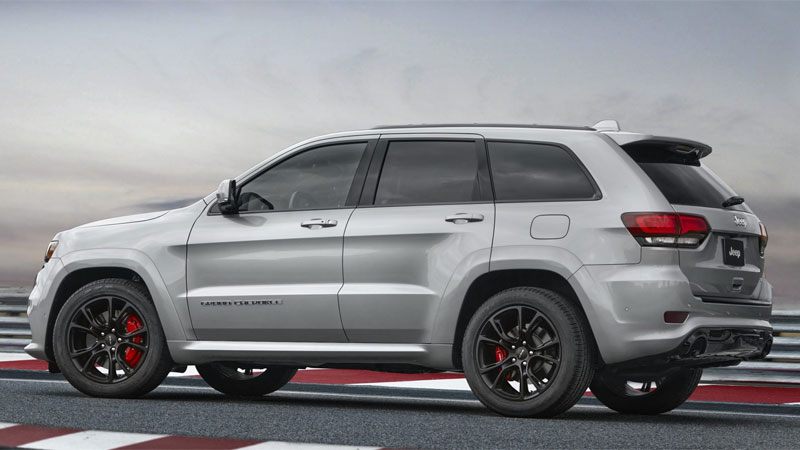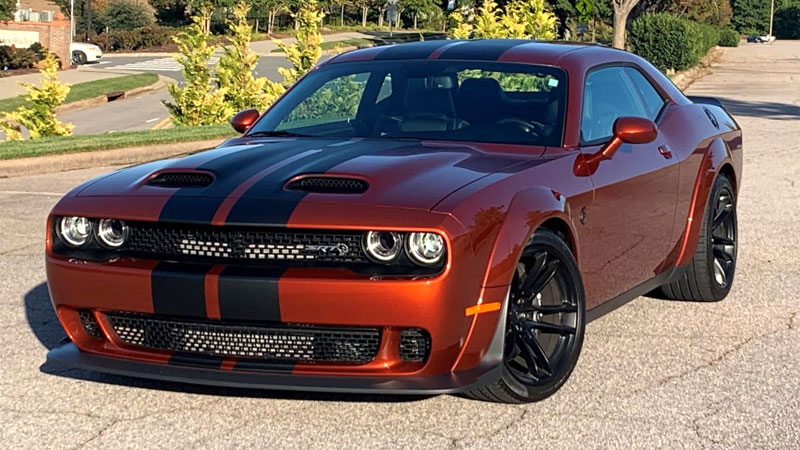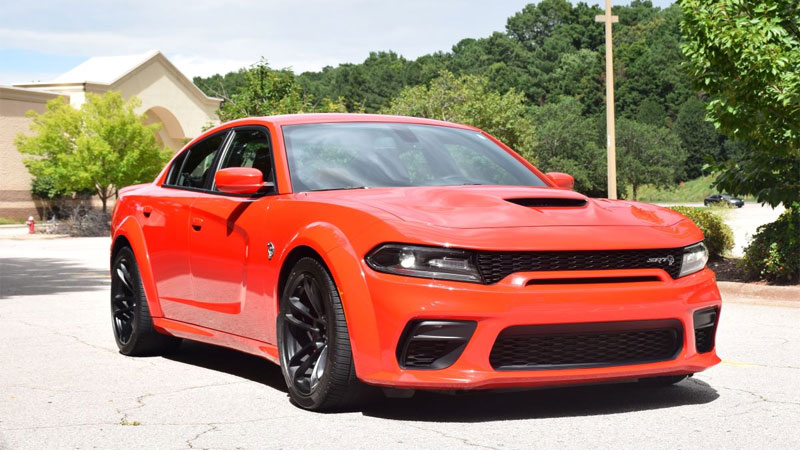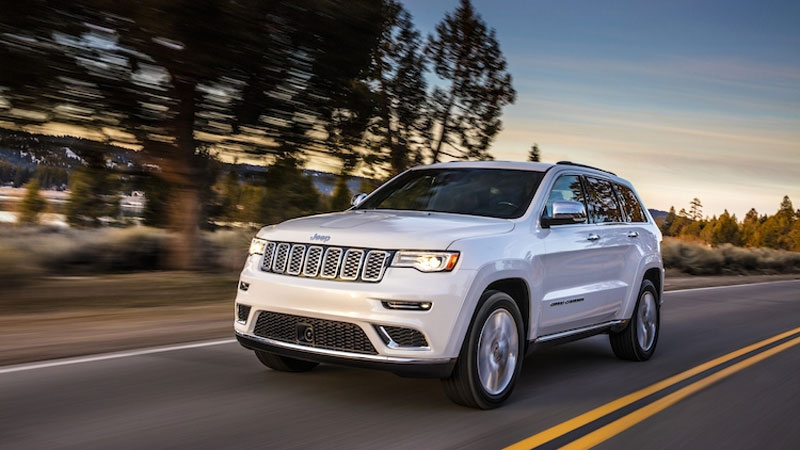Driven: 2021 Dodge Durango SRT Hellcat (the Beast)
Dodge brings an SRT Hellcat to the Durango line. The Dodge Durango needs little introduction, a three-row midsize utility vehicle with room for seven. In a sea of crossovers, the Durango supplies standard rear-wheel drive and a look that is about as aggressive as they come. Beyond its appearance, Dodge … Read more

